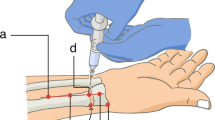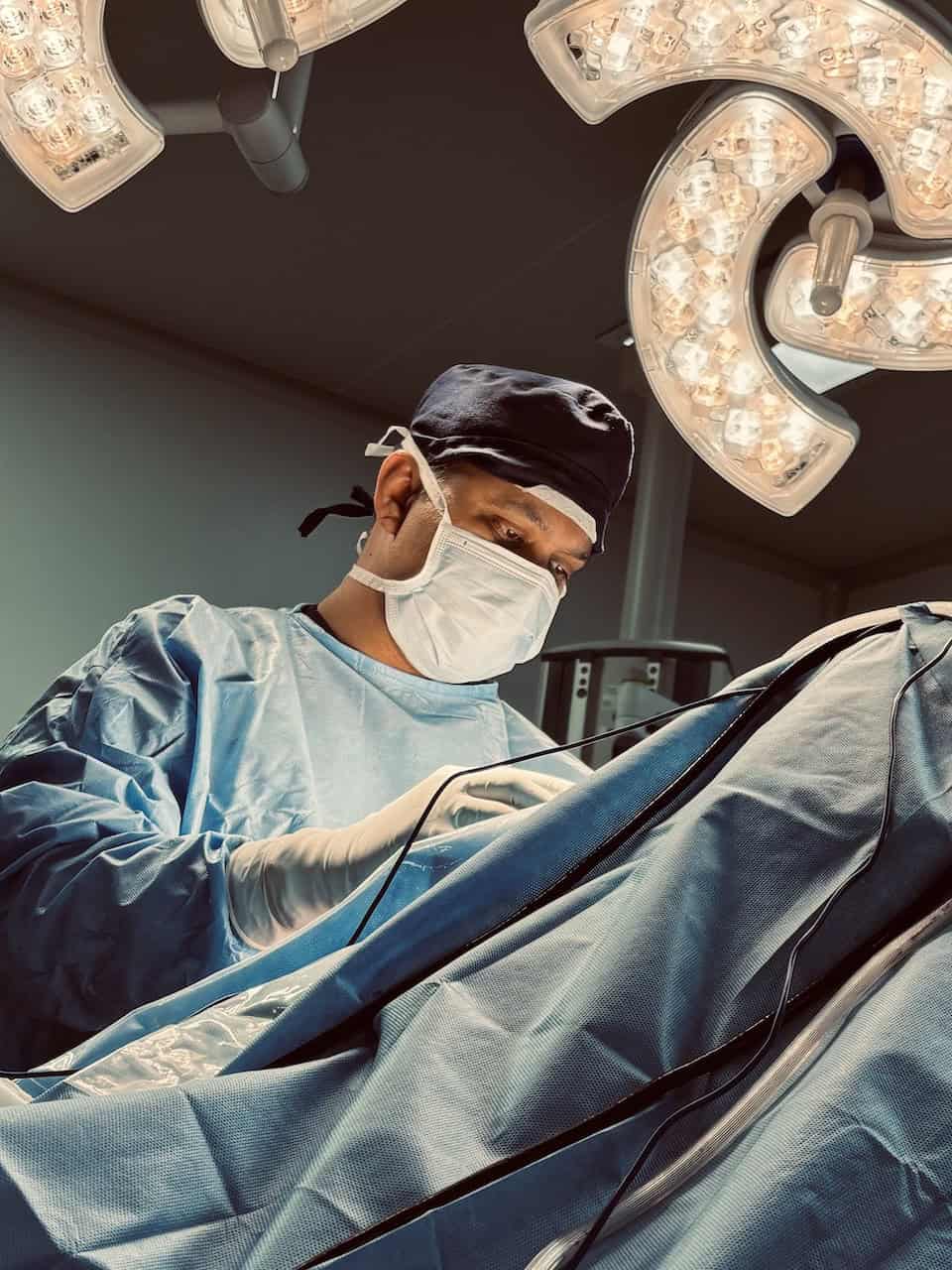Walant surgery
WALANT stands for Wide Awake Local Anaesthesia No Tourniquet. It is a surgical technique increasingly used in hand and wrist surgery where procedures are performed using local anaesthesia with adrenaline (epinephrine) and lidocaine, without the need for general anaesthesia, sedation, or a tourniquet. This approach allows the patient to remain fully awake, comfortable, and pain-free during surgery.

Key Components
- Local Anesthesia
- Lidocaine is used for numbness.
- Adrenaline is added to reduce bleeding by causing vasoconstriction.
- Sodium bicarbonate may be added to reduce the burning sensation during injection.
- No Tourniquet
- Traditional hand surgery often requires a tourniquet to stop bleeding, which can be uncomfortable.
- In WALANT, vasoconstriction from adrenaline provides a bloodless field without the need for a tourniquet.
- Wide Awake
- Patients stay awake, can move their fingers, and even participate in the surgery by demonstrating motion.
- This helps the surgeon assess tendon repairs, joint stability, and function immediately during the operation.
Indications for WALANT Surgery
WALANT is widely used in hand and wrist surgeries, such as:
- Carpal tunnel release
- Trigger finger release
- Tendon repair (flexor and extensor tendons)
- Fracture fixation (phalanges, metacarpals)
- Ganglion cyst excision
- De Quervain’s release
- Soft tissue procedures of the hand and wrist

Clinical Pathway
- You will be seen by the specialist in outpatient department for clinical evaluation.
- You will be asked certain questions related to your symptoms and examined thoroughly.
- Your investigations such as X-ray, Ultrasound scan, MRI or CT scan will be reviewed, following which a surgical plan of WALANT surgery will be made.
- A detailed explanation will be given to you with regards to surgery along with its pros and cons.
- Investigations including blood tests will be carried out.
- You will be admitted on the day of surgery in the morning. The surgery will be performed under local anesthesia.
- After surgery, you will be under certain medication to control your post operative pain to make you comfortable.
- You will be discharged on the same day with post operative instructions.
- You will be required to see the specialist in outpatient clinic on couple of occasions to assess the recovery. You were expected to recover completely in approximately 2 weeks to twelve weeks depending on the pathology treated.





